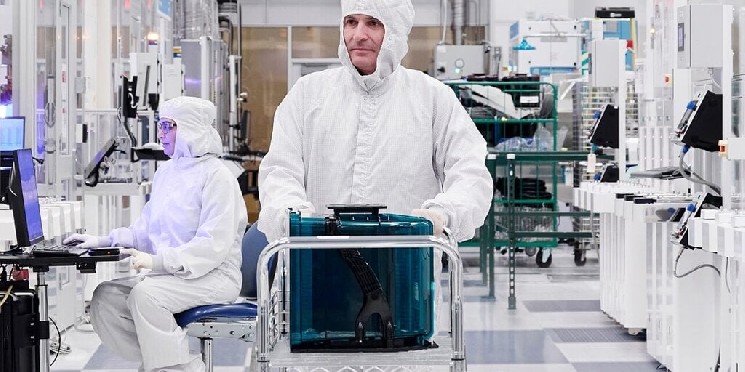IBM on Wednesday announced the next steps in its roadmap toward practical quantum computing, unveiling upgraded processors, software and manufacturing methods that it said will help move the field to proven quantum advantage by 2026 and milestones toward fault tolerance by 2029.
“Quantum supremacy” refers to the ability of quantum computers to perform tasks that classical computers cannot match. Fault tolerance is the ability of quantum computers to maintain stable performance in the face of errors. If IBM’s roadmap comes to fruition, IBM’s Nighthawk processor would be a significant step toward a commercially viable quantum computer by the end of the 20th century.
IBM’s announcement brings quantum computing one step closer to Q-Day, but the new processors are still far from a threat to the cryptography that protects Bitcoin.
Breaking Bitcoin’s elliptic curve cryptography requires a fault-tolerant quantum computer with approximately 2,000 logical qubits. This corresponds to tens of millions of physical qubits when error correction is taken into account. Quantum Nighthawk is a 120-qubit processor designed to handle more complex calculations while maintaining low error rates.
Still, Q-Day is approaching. The first Nighthawk system is expected to be available to users by the end of 2025, with future iterations expected to have more than 1,000 connected qubits by 2028. The chip connects each qubit through 218 tunable couplers, about 20% more than IBM’s previous Heron design in 2023. According to IBM, the new architecture makes the circuit about 30% more complex and supports computations of up to 5,0002 qubit gates.
Nighthawk is the next waypoint in IBM’s Starling roadmap, a series of steps announced in July to deliver a large-scale, fault-tolerant quantum computer, IBM Quantum Starling, by 2029. Achieving the goal of producing scalable quantum computers for industrial use will require significant advances in modular architecture and error correction, among other advances anticipated in Starling construction.
IBM’s announcement comes on the heels of a new wave of investment in quantum computing. Google announced in October that its Willow processor achieved proven quantum acceleration, completing physics simulations faster than any known classical supercomputer. The results renewed concerns about the long-term security of Bitcoin encryption.
To support its quantum ambitions, IBM has partnered with Algorithmiq, Flatiron Institute, and BlueQubit to launch Quantum Advantage Tracker, an open-source platform for comparing quantum and classical results across benchmark experiments.
IBM also announced that it is expanding its Qiskit software to accommodate new hardware. The company says Qiskit’s dynamic circuitry has improved accuracy by 24% at the 100-qubit scale. The new C-API interface links Qiskit with high-performance legacy systems to accelerate error mitigation and reduce the cost of extracting accurate results by more than 100 times, IBM claims.
By 2027, IBM plans to add computational libraries for machine learning and optimization to help researchers model physical and chemical systems.
Building for fault tolerance
IBM also announced progress on its experimental Quantum Loon processor. The company says the processor demonstrates all the major hardware components needed for fault-tolerant quantum computing. The chip architecture builds on techniques already demonstrated in other test systems, including a long-range “C coupler” that links distant qubits and the ability to reset qubits between operations.
The company reported that error decoding performance was 10x faster using the qLDPC code, achieving real-time corrections of less than 480 nanoseconds. The company says this is a milestone achieved one year ahead of schedule.
To accelerate development, IBM has moved production of its quantum chips to a 300-millimeter wafer line at the Albany Nanotech Complex in New York. The company says the move doubles its research speed and increases chip complexity by a factor of 10, allowing it to develop and explore multiple processor designs in parallel.
IBM said the update marks continued progress toward scalable, fault-tolerant quantum systems and provides the foundation for demonstrating community-validated quantum advantages in the coming years.
“We believe IBM is the only company in a position to rapidly invent and scale quantum software, hardware, manufacturing and error correction to enable innovative applications,” Jay Gambetta, IBM research director, said in a statement.


